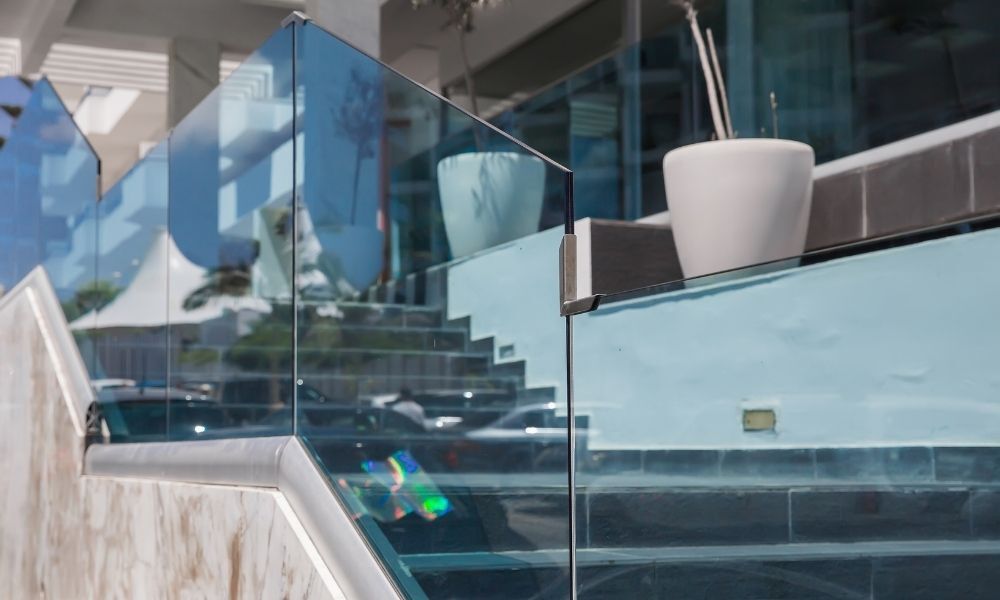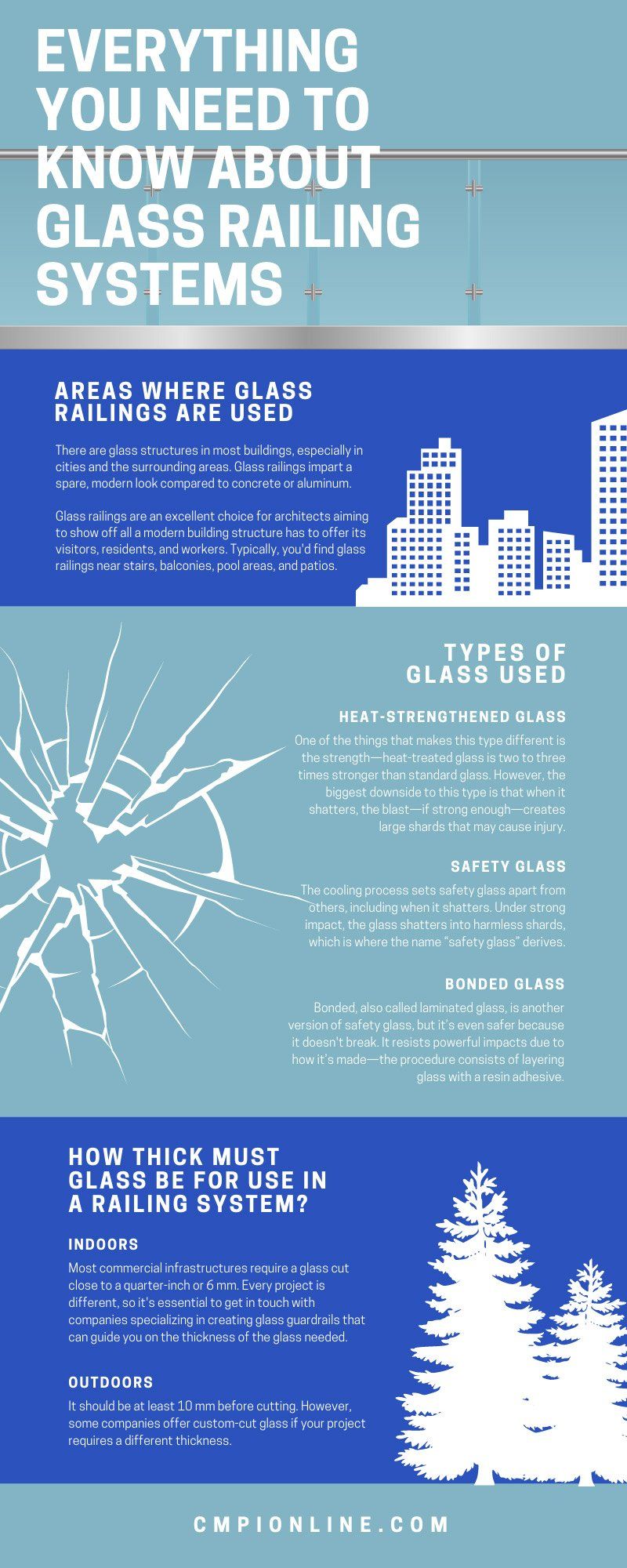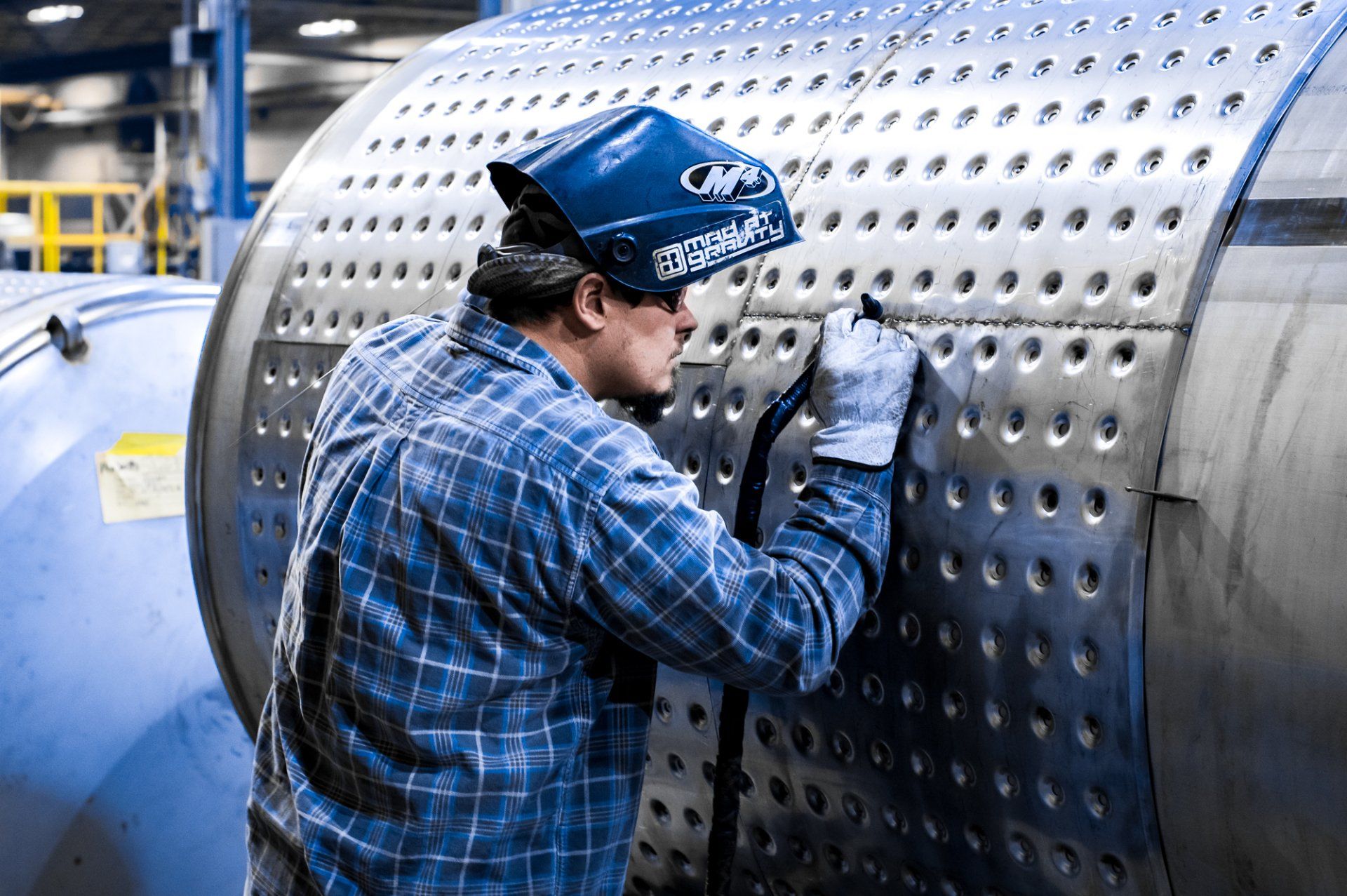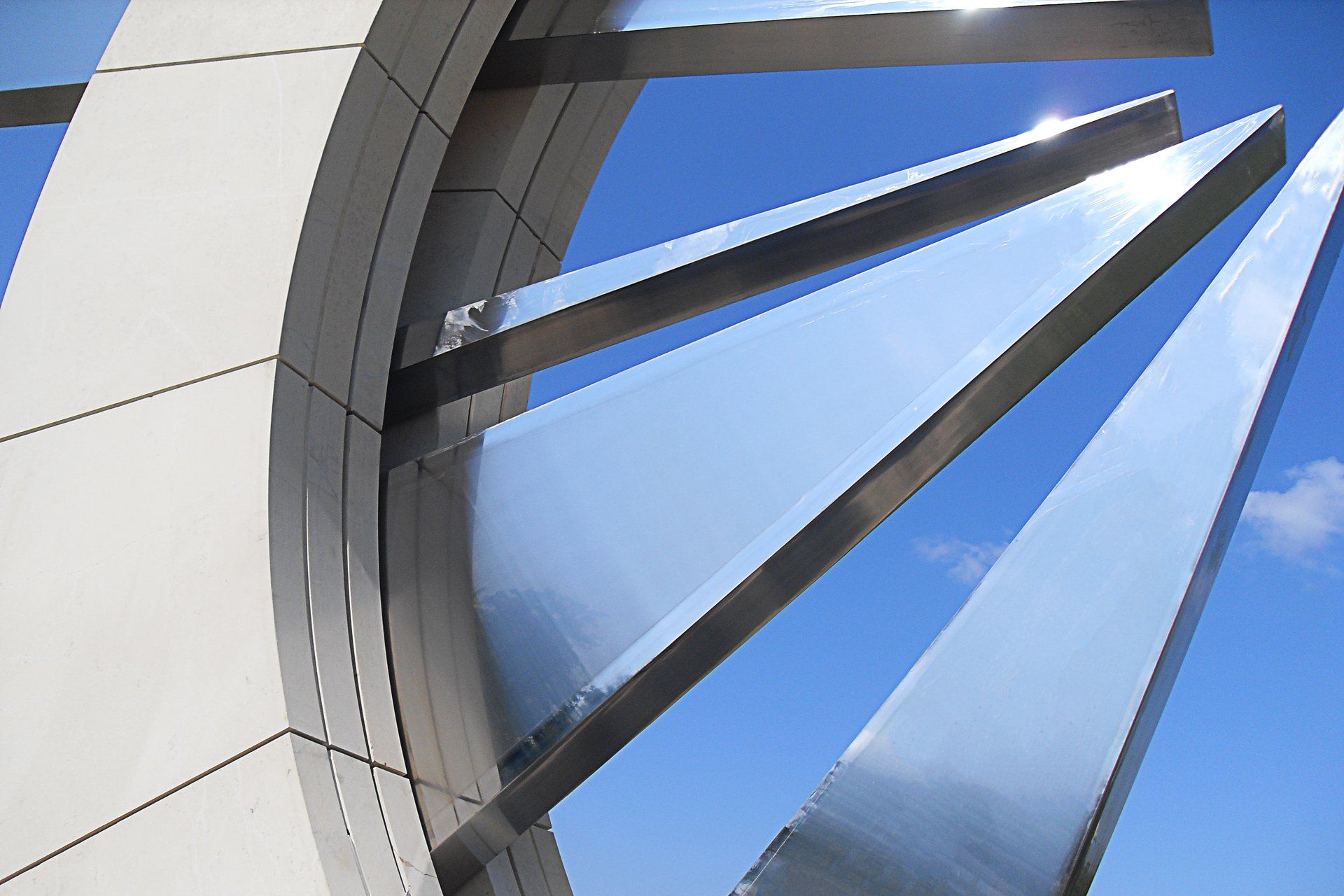Everything You Need To Know About Glass Railing Systems

There are extraordinary benefits to every type of material used for guardrails. However, some materials get put on the sidelines until one learns enough to determine if they’re appropriate for a given project.
Many architects struggle to find a material that does it all: adds appeal, keeps people safe, and meets guidelines. The best material is researched continuously and tested before approval. This guide tracks everything you need to know about glass railing systems, both indoors and outdoors. This insight is pertinent to your decision-making process.
Areas Where Glass Railings Are Used
There are glass structures in most buildings, especially in cities and the surrounding areas. Glass railings impart a spare, modern look compared to concrete or aluminum.
Glass railings are an excellent choice for architects aiming to show off all a modern building structure has to offer its visitors, residents, and workers. Typically, you'd find glass railings near stairs, balconies, pool areas, and patios. Here's a deeper look at each location.
Stairs
A staircase needs a sound railing system, or its safety is in peril. The glass staircase is a beautiful modern design that is strong and sets a vivid focal point. Many commercial building architects appreciate this system since it allows for gorgeous design while meeting strict building codes and requirements.
Balconies
Balconies offer much in the way of freedom and safety—while guests lean on them to soak up the views, they can also enjoy feeling secure. Glass railings add to the serene effect.
Pool Areas
Pool areas are another place to find glass railings. Many privately owned commercial buildings add glass structures in their pool and deck areas for flair without impeding safety. Many places such as country clubs and hotels use this material type as a touch of elegance for visitors.
Patios
Both residential and commercial patios have seen plenty of transformations over the last decade. The beauty of glass enhances both home and business environments. The glass structural system elevates an area while promoting the best views and providing safety.
Types of Glass Used
Before deciding that glass is the material a builder wants to use, they need an idea of what glass is available. To start, there are certain restrictions to using glass. For example, a commercial building needs strong glass that doesn't require daily maintenance.
Every glass type you see today is strong and works well for nearly every railing environment. Here's a deeper dive into the common glass types used.
Heat-Strengthened Glass
For starters, heat-strengthened glass is less common than other types. Yet not many people know about it; they only know about safety and bonded glass. So what makes heat-strengthened glass different from those tempered and laminated glass?
One of the things that makes this type different is the strength—heat-treated glass is two to three times stronger than standard glass. However, the biggest downside to this type is that when it shatters, the blast—if strong enough—creates large shards that may cause injury.
Safety Glass
Safety glass, known widely as tempered glass, is used by many buildings. To create tempered glass, pieces undergo superheating, where they're shaped and strengthened. Afterward, they're placed through a cooling process that delivers an extraordinary layer that resists breaks.
The cooling process sets safety glass apart from others, including when it shatters. Under strong impact, the glass shatters into harmless shards, which is where the name “safety glass” derives.
Bonded Glass
Bonded, also called laminated glass, is another version of safety glass, but it’s even safer because it doesn't break. It resists powerful impacts due to how it’s made—the procedure consists of layering glass with a resin adhesive.
Once bonded, the glass’s strength increases, making it a great choice to use in commercial buildings. Bonded glass is also bulletproof.
How Thick Must Glass Be for Use in a Railing System?
There's a strict rule on how thick glass panes must be before installation. Here's what you need to know on the requirements of indoors and outdoors for glass railings.
Indoors
An indoor space has different requirements for glass than the outdoors. This means an architect needs to know about different conditions impacting the thickness of the glass before placing it into a balustrade system.
Most commercial infrastructures require a glass cut close to a quarter-inch or 6 mm. Every project is different, so it's essential to get in touch with companies specializing in creating glass guardrails that can guide you on the thickness of the glass needed.
Outdoors
Outdoor restrictions may be a little tougher to work through, especially with harsh weather conditions. When installing around balconies, patios, or other places, the glass you may use is tempered glass—it's more common and safer to use than others.
It should be at least 10 mm before cutting. However, some companies offer custom-cut glass if your project requires a different thickness.
The Cost of Glass Railing Installation
When installing glass railings, one must also consider the cost. Costs depend heavily on your project. These factors go into the project's final cost: determining the glass to work with, the place you're installing, and the labor and hardware.
Working with a company offering creative services for glass guardrails helps you learn more about potential costs for the project. Work with your team to develop what you need to have for your next stair railing project.
Contact CMPI for Glass Railing System Installation
Now that you’ve gotten a glimpse into everything to know before installing a glass railing system, it's time to consider an excellent manufacturing company to help design your structure. CMPI offers rewarding services that truly defy any maker's imagination.
Builders undertake railing projects in commercial and residential buildings every day, and many builders should look into glass rail structures when working on the stairs of a building. As our slogan goes, we truly believe that whatever your dream project is, we can make it a reality!
It does take effort to develop a guardrail system. Take the time to sort out your material options and decide your budget. We can't wait to help you create the railings of your dreams! Contact Custom Manufacturing and Polishing Inc. for more information on our industrial processes for glass railings.






